Driving Continuous Improvement: Overview of the DMAIC Framework
In the pursuit of operational excellence and quality improvement, businesses across various industries rely on robust methodologies like DMAIC to drive change and achieve sustainable results.
One such methodology that has gained widespread adoption is the DMAIC framework. DMAIC, which stands for Define, Measure, Analyze, Improve, and Control, is a systematic approach used in Six Sigma and other quality management initiatives. In this blog post, we’ll explore each phase of the DMAIC framework and understand how it empowers organizations to identify, analyze, and improve their processes.
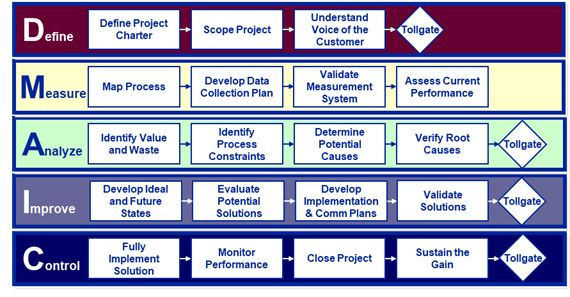
1. DEFINE
The first step in the DMAIC framework is to define the problem or opportunity for improvement. This involves clearly articulating the project goals, scope, and deliverables, as well as understanding the needs and expectations of stakeholders. By establishing a solid foundation at the outset, organizations can ensure alignment and focus throughout the improvement initiative
2. MEASURE
Once the project goals have been defined, the next step is to measure the current state of the process in question. This involves collecting relevant data and metrics to quantify the performance of the process and identify areas for improvement. By measuring key process inputs and outputs, organizations can gain insights into the root causes of variability and inefficiency.
3. ANALYZE
With data in hand, the next step is to analyze the root causes of process variation and identify opportunities for improvement. This involves applying statistical tools and techniques to identify patterns, trends, and correlations within the data. By conducting a thorough analysis, organizations can pinpoint the factors contributing to process defects or deviations and develop targeted solutions to address them.
4. IMPROVE
Armed with insights from the analysis phase, organizations can now implement targeted improvements to the process. This may involve redesigning workflows, optimizing resource allocation, or implementing new technologies or methodologies. The key is to focus on solutions that address the root causes of process variation and deliver tangible benefits in terms of quality, efficiency, and customer satisfaction.
5. CONTROL
The final phase of the DMAIC framework is to establish controls to sustain the improvements over the long term. This involves implementing monitoring mechanisms, setting performance targets, and developing standard operating procedures to ensure consistency and reliability. By instituting robust controls, organizations can prevent regression and maintain the gains achieved through the improvement initiative.
CONCLUSION
In today’s dynamic business environment, continuous improvement is essential for organizations to stay competitive and thrive. The DMAIC framework provides a structured approach to drive change and achieve sustainable results by defining, measuring, analyzing, improving, and controlling key processes. By embracing DMAIC, organizations can systematically identify opportunities for improvement, optimize their operations, and deliver greater value to their customers.



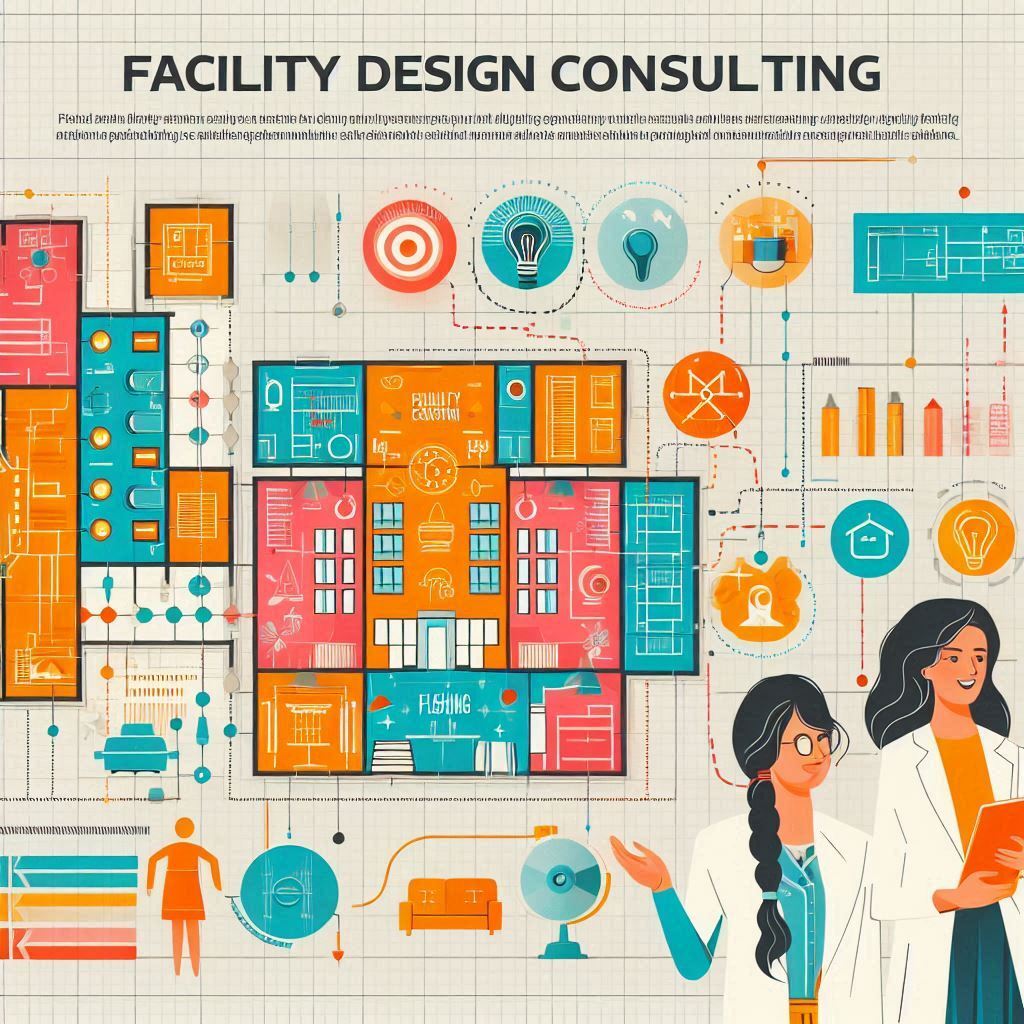
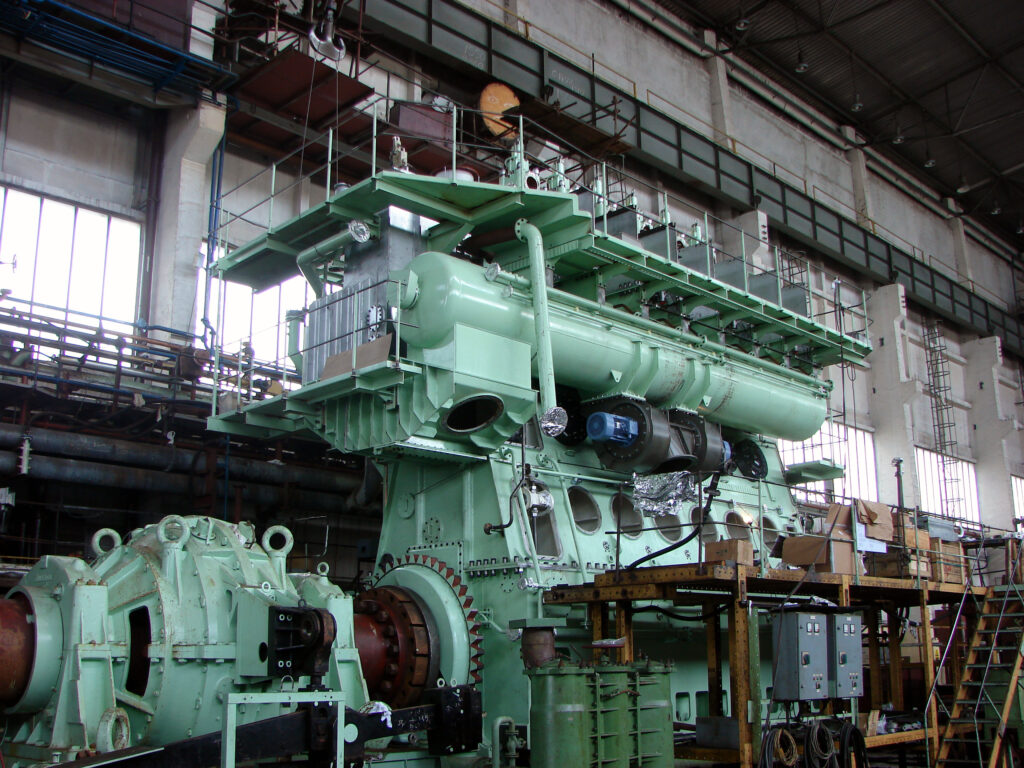
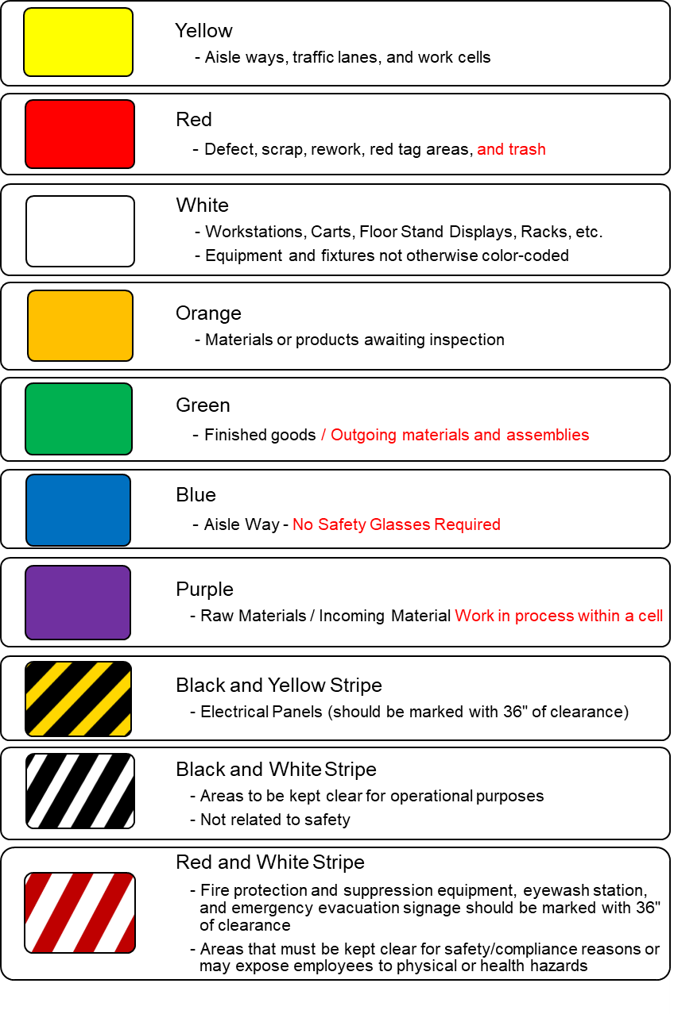



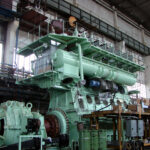
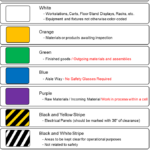
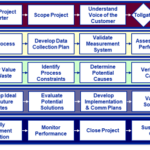
Leave a Reply